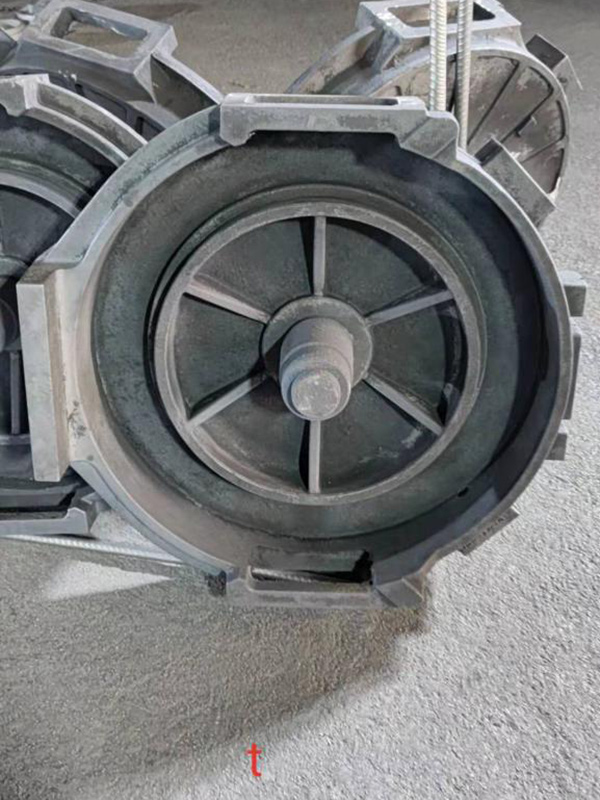The Versatility of Ceramic Sand
Ceramic sand, also known as ceramic proppant, has emerged as a revolutionary material in various industries, particularly in oil and gas extraction, construction, and foundry applications. This engineered material is formulated from high-purity kaolin clay, which undergoes a meticulous process of shaping, drying, and sintering to create durable ceramic grains. The unique properties of ceramic sand make it a preferred choice over traditional sand in several applications.
One of the primary uses of ceramic sand is in the hydraulic fracturing process, commonly known as fracking. In this context, ceramic sand serves as a proppant—an essential material that helps keep fractures in the rock formation open to allow for the extraction of oil and gas. Unlike conventional sand, ceramic proppants possess superior strength and conductivity. This means they can withstand the immense pressures found deep underground while allowing for efficient fluid flow. By using ceramic sand, companies can enhance the extraction efficiency, ultimately leading to increased production rates and reduced operational costs.
Furthermore, ceramic sand is gaining popularity in the construction sector, where it is utilized in high-performance concrete applications. The lightweight and strong characteristics of ceramic grains improve the overall performance of concrete, making it more durable and resistant to cracking. This contributes to longer-lasting structures, which is particularly important in areas prone to harsh environmental conditions. Additionally, the use of ceramic sand can help reduce the overall weight of concrete, making transportation and handling easier, which is a significant advantage in large construction projects.
ceramic sand

In foundry applications, ceramic sand is favored for its ability to produce high-quality castings. Its high refractoriness and low thermal expansion help minimize defects in cast parts, resulting in superior surface finishes and dimensional accuracy. This is particularly valuable in industries that demand precision, such as aerospace and automotive manufacturing. Ceramic sand's resistance to erosion also ensures that it lasts longer in the foundry process, reducing the need for frequent replacement and lowering operating costs.
Moreover, ceramic sand is recognized for its eco-friendly properties. Unlike traditional sand, which is often mined from riverbeds and ecological sites, ceramic sand is produced from abundant clay materials, minimizing environmental impact. The production process can be adjusted to reduce energy consumption, and the recycling potential of ceramic sands further enhances their sustainability profile.
In conclusion, the versatility of ceramic sand, with its impressive mechanical properties and environmental advantages, positions it as a valuable material across several industries. Its applications in hydraulic fracturing, construction, and foundry operations demonstrate its effectiveness and efficiency compared to traditional materials. As industries continue to seek innovative solutions for their challenges, ceramic sand is poised to play an increasingly important role in shaping the future of sustainable production practices. By embracing materials like ceramic sand, industries can not only improve their operational efficiency but also contribute to a more sustainable future.
Post time:सप्टेंबर . 13, 2024 05:23
Next:چاپگر سهبعدی ریختهگری ماسه
